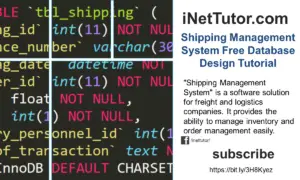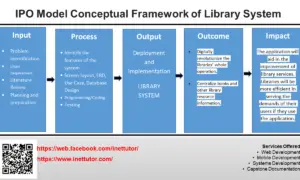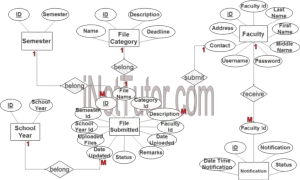IPO Model Conceptual Framework of Boarding House Management System
This article will show you how to create a conceptual framework for the capstone project titled Boarding House Management System. The input, process, output (IPO) model was used to create the conceptual foundation for this investigation.
About the Project
Table of Contents
The capstone project, entitled “Boarding House Management System” is a system intended to be used in managing boarding houses. The said project will automate the operation of the boarding houses which will improve the operational efficiency and overall experience of the tenants.
A boarding house is a residence that offers lodging and meals to guests who pay a fee to stay there. It can be a private dwelling, a hotel, a hostel, or a student hall of residence, among other possibilities.
This approach is intended to assist boarding house proprietors in more successfully managing their boarding home operations. It enables them to keep track of the number of visitors, the number of rooms filled, and the number of meals served. The boarding home can also be managed more effectively by keeping track of information such as contact details, room kinds that are available, and meals that are given.
Objectives of the Study
- To design and develop a user-friendly system for the end-users.
- To create a centralized records management of the tenants and management reports.
- To improve the overall operation of boarding houses.
- To lessen and minimize the workload of the boarding house’ management.
- To increase operational efficiency and experience of tenants while staying in the boarding house.
IPO Model Conceptual Framework of Boarding House Management System
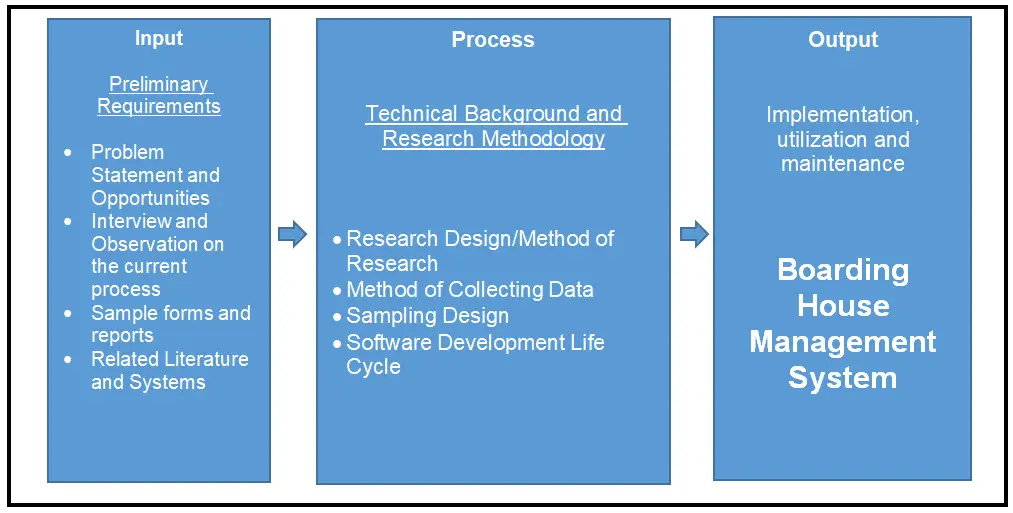
Input
The input phase or the knowledge requirement stage consists of the following:
- Problem Statement and Opportunities – the researchers selected to conduct a study on the voting system since the students and the management are claiming that the manual process of voting is error prone and time consuming. The problems stated on the current system is an opportunity to the researchers by presenting a project that can eliminate those problems.
- Interview and Observation on the current process – the researchers conducted a preliminary interview and observation method to further understand the processes involved in the current voting system.
- Sample forms and reports – the researchers also gathered the sample forms and reports. This serves as a guide in the preparation of form design and reports of the system.
- Related Literature and Systems – the researchers conducted a research on the different literatures and related systems to serve as a guide in the development of the Boarding House Management System.
Process
- Method of Research
The researcher employed descriptive-developmental research methods. The typical processes of planning, conducting, and reporting a research project—problem definition, literature reviews, and research procedures—are described in this paper (link.springer.com). Descriptive research explains what the study is about. The study focuses on the current condition, with the goal of discovering new truths. It is concerned with existing relationship conditions, methods that succeed, ongoing processes, and developing effects. Descriptive research entails components of interpretation of the relevance of what is presented, with the primary emphasis on the finding of ideas and insights (www.slideshare.net).
- Method of Collecting Data
The researchers used interviews as a way to get in-depth and to gather data. It consists of one person interviewing another person for personal or detailed information. The interviewer will ask questions from a written questionnaire and recorded the answers in order to summarize the findings.
- Development of Research Instrument
Before collecting data, the researchers built their own research instrument. The Good and Scate questionnaire was used to validate this self-created assessment by three experts. The researchers employed common criteria defined in McCall’s Software Quality Model surveys to test the system’s quality.
- Software Development Life Cycle
Analysis and Quick Design
During Analysis and Quick Design, the researchers performed an interview with the respondents in the location of the study. Respondents were given the opportunity to make suggestions and requests about how the system should be created and developed. Following data collection, the researchers created an early design for the developed system.
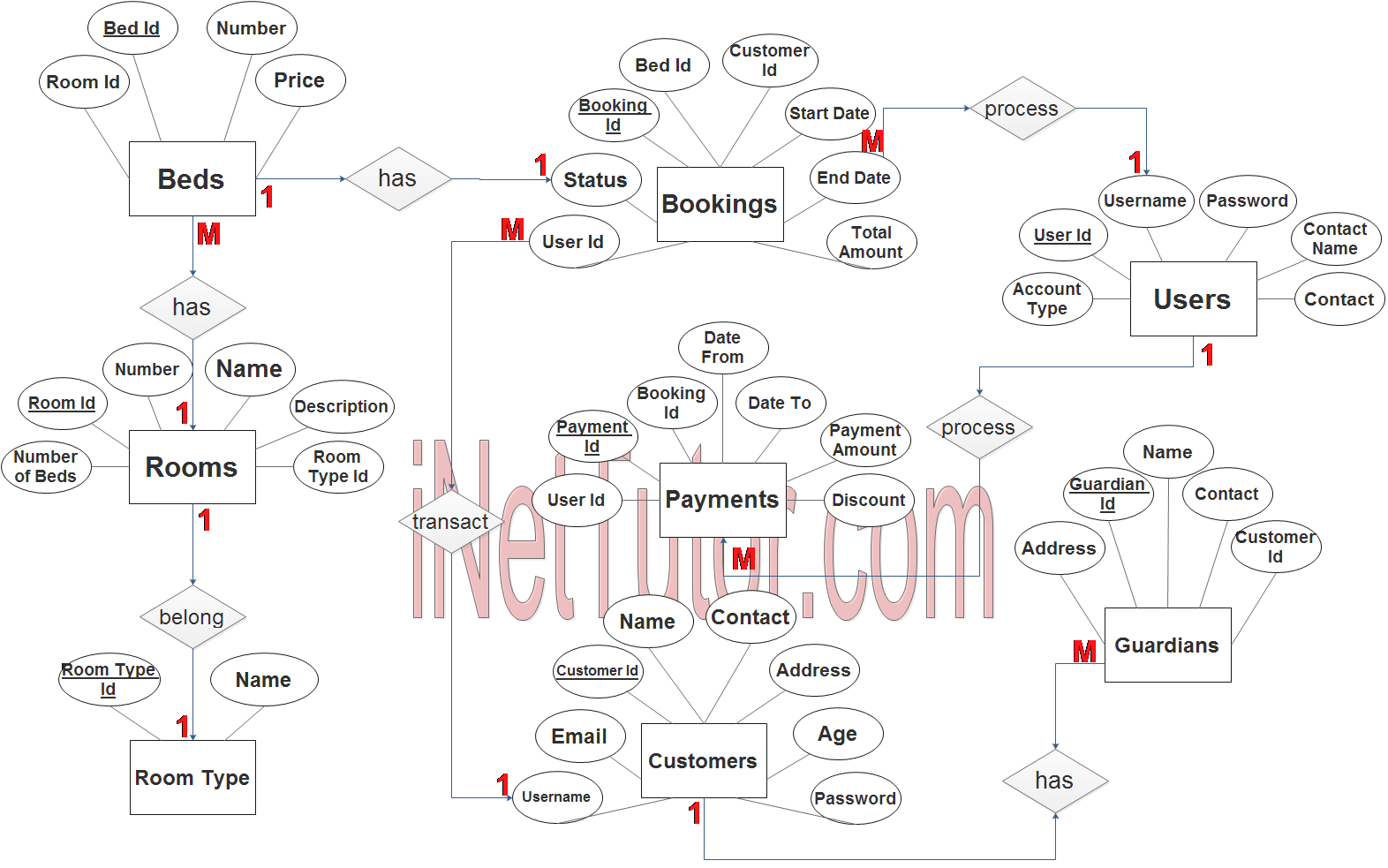
Data Analysis
The researchers analysed all the data, information, and the user requirements. This phase, the project lifecycle began. The researchers tried to understand the data and information on how to create the system and help conceptualize on how the developed system would be began beneficial to the operators. It analysing the needs of the end users to ensure that the new system can meet their expectations.
System Design
The researchers started to develop the system. This phase describes the necessary requirements, features and operations that satisfies the functional requirements of the developed system which in place. This phase decides how the system operates.
Prototype Cycle
This phase comprises the process of developing a system model, demonstrating it, and refining the data acquired. The researchers initially created a prototype model based on the planned design, which was then shown to the responders. After constructing the prototype, the researchers demonstrated the system’s operation, the flow of how it operates, and the functions of the elements included in the system. Refinement is the final stage. At this stage, the researchers updated the system based on the extra requirements of the operator. This included improvements to the flow, functionality, and features based on the needs provided by the respondents. This aided the researchers in generating a preliminary set of system requirements.
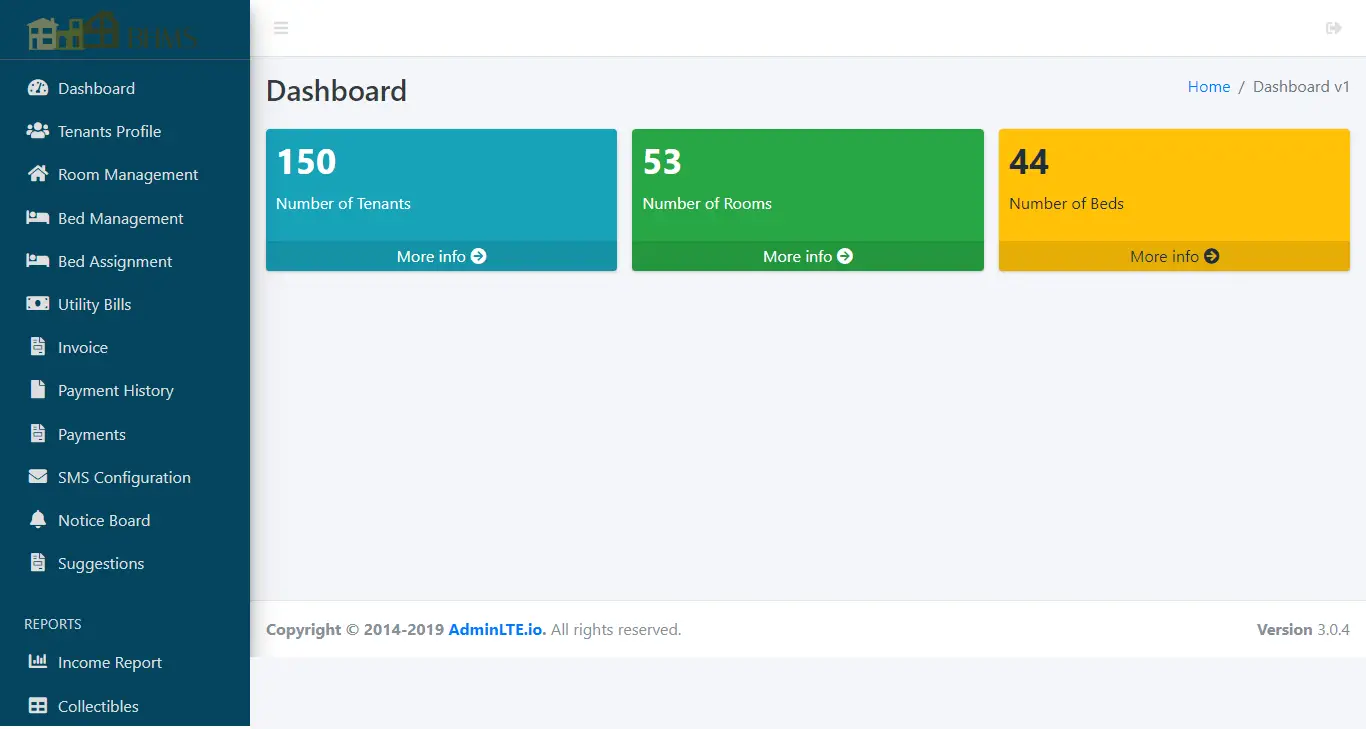
Testing
This includes the feed backing of the developed system that was installed and tested by three (3) experts and its intended users. This part put into production by moving the data and components from the old system to the new system.
Output
The final product of the study is a database driven information system that will replace or aid the respondents in managing boarding houses. Implementation of the system is highly encouraged.
Summary
This article focuses on the development of the study’s conceptual framework using the input, process, output model, or IPO model. The input phase or the knowledge requirement stage is consist of a Problem Statement and Opportunities, an Interview and Observation on the current process, Sample forms and reports, and Related Literature and Systems. The next phase which is the process stage is consists of Research Design/Method of Research, Method of Collecting Data, Sampling Design, and Software Development Life Cycle. The final product of the study is a database-driven information system that will replace or aid the respondents in managing boarding houses. Implementation of the system is highly encouraged.
You may visit our Facebook page for more information, inquiries, and comments. Please subscribe also to our YouTube Channel to receive free capstone projects resources and computer programming tutorials.
Hire our team to do the project.
Related Topics and Articles:
House Rental System Capstone Project
Web Based Boarding House and Dormitory Management System
IPO Model Conceptual Framework of Online Real Estate System
Online Real Estate System Free Template Source code in Bootstrap
Dormitory Management System in PHP and MySQL Capstone Project
